Pam Knox
-
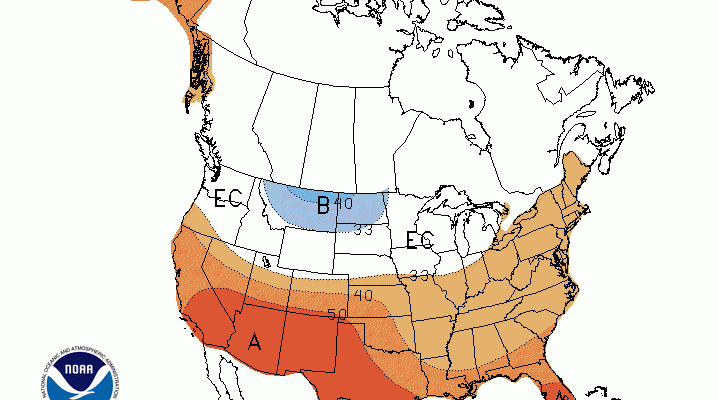
The latest set of outlook maps for May 2018 and beyond are now available from NOAA’s Climate Prediction Center. They show that May leans towards warmer and wetter than normal for all of the Southeast, with the strongest signal in southern Florida. Warmer than normal conditions are also more likely for the May through July…
-
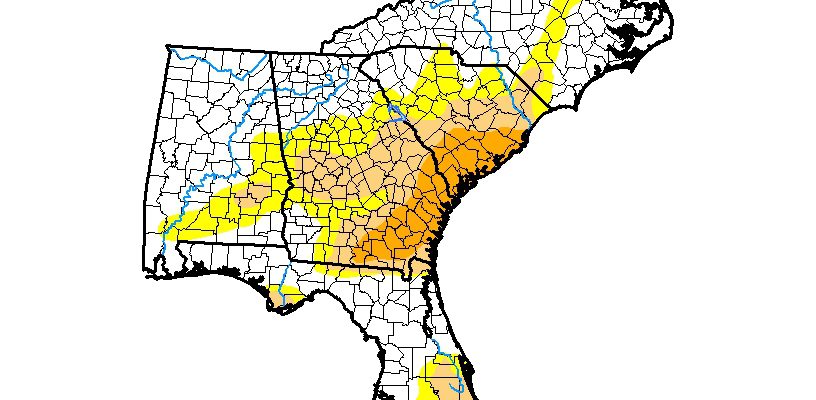
The line of storms that moved across the Southeast this past week has put a dent in drought in most parts of the Southeast. Reductions in moderate drought and abnormally dry conditions were seen in every state, and only a few small areas of South Carolina and Florida increased from moderate to severe drought. Very…
Posted in: Drought -
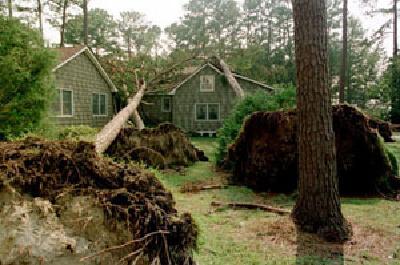
A webinar on how to take care of urban forests to minimize damage from tree debris is being offered on April 24 at 1 pm EDT. Here is a description from the web site: “Inclement weather, particularly severe thunderstorms and wintry precipitation, is a major cause of damage to urban forests. In this webinar, we…
-

The Garden Professors blog had an interesting post this week on the impacts of a delayed spring on nurseries and landscapers in Virginia. As you can imagine, it causes a lot of problems for suppliers when plants are sitting in the stores waiting for soils to warm to the planting point. You can read it…
Posted in: Climate and Ag in the news -
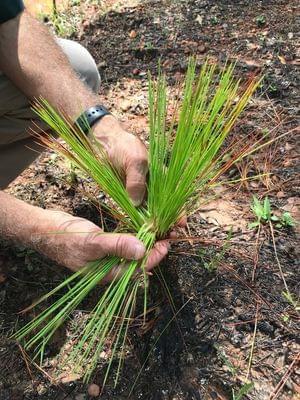
If you are planting trees, you are investing in the future. How do you get the best return on your investment? By making sure that the trees you plant will thrive in the climate 30 or 40 years from now, when it is likely to be warmer with more frequent droughts. Of course, planting a…
-
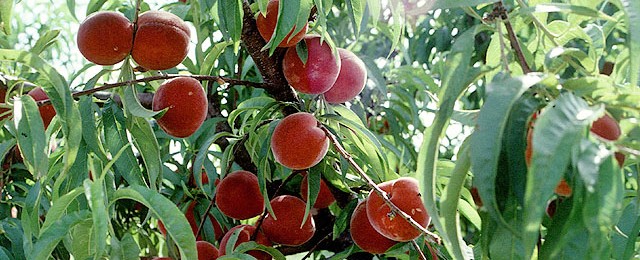
After the dismal yields of peaches in Georgia for the last two years, producers are excited that this year looks like it might be one of the best. This has been a much better winter for chill hours than the previous two, setting up the crop for good blooming. Even though early peach varieties that…
-
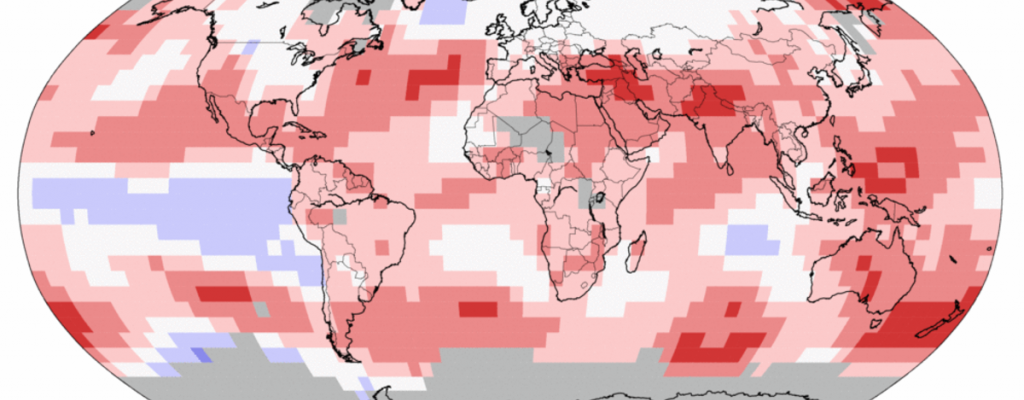
The latest global climate summary for March 2018 is now available from NOAA and it shows that this past month was the 5th warmest on record for the earth as a whole since records began in 1880. The year to date global temperature for January through March was the 6th warmest on record. Sea ice…
Posted in: Climate summaries